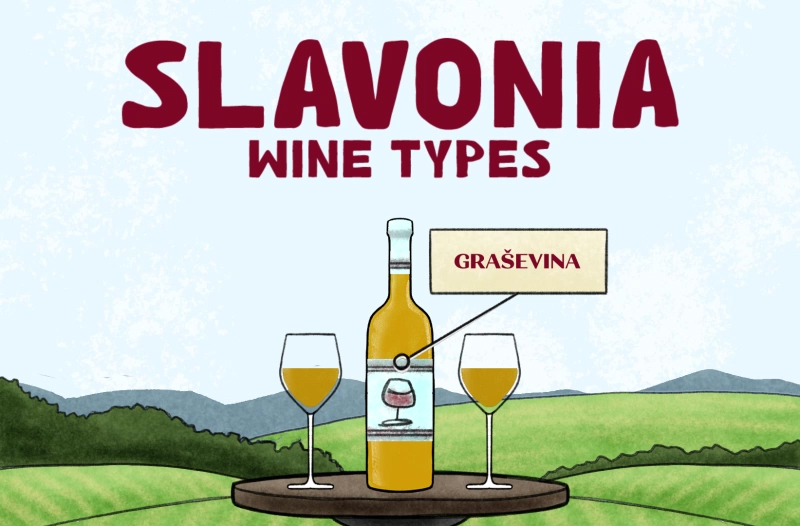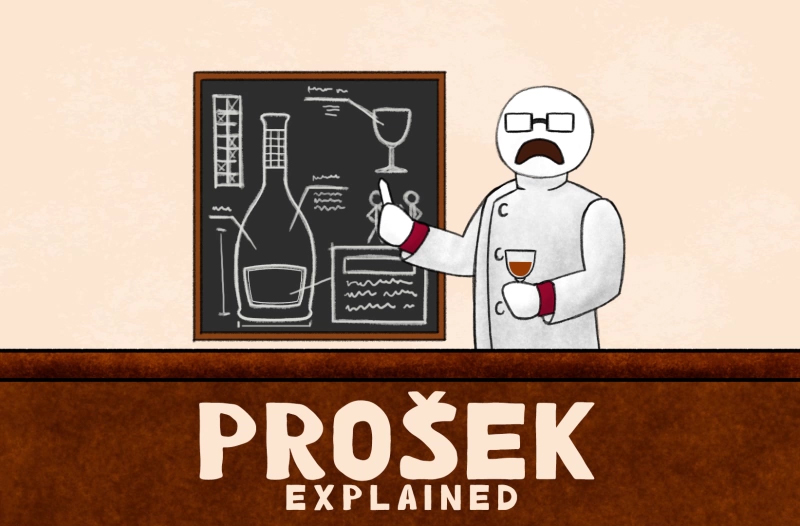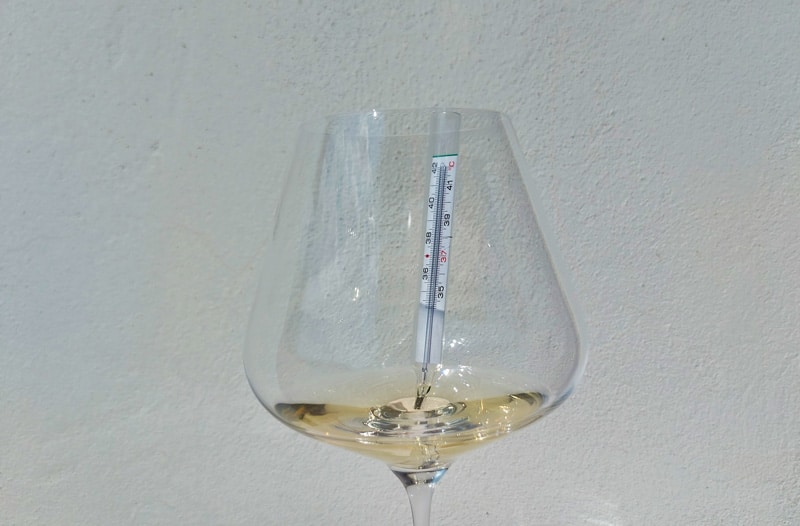Popular Croatian Wines – Croatian Bestsellers
The most popular Croatian wine in terms of produced quantities and mass consumption is undoubtedly Graševina. However, when we talk about restaurants and quality wine, Malvasia Istriana wines have been the most sought after for years, and from red wines, Plavac mali.
Most popular Croatian wines
The most popular Croatian wines in restaurants and in retail are:
- Malvasia Istriana
- Graševina
- Plavac mali
- Red blends
With the exception of red varietal blends, which are mainly introduced varieties such as Cabernet Savugnon and Merlot, the most popular Croatian wines are made from autochthonous varietals.
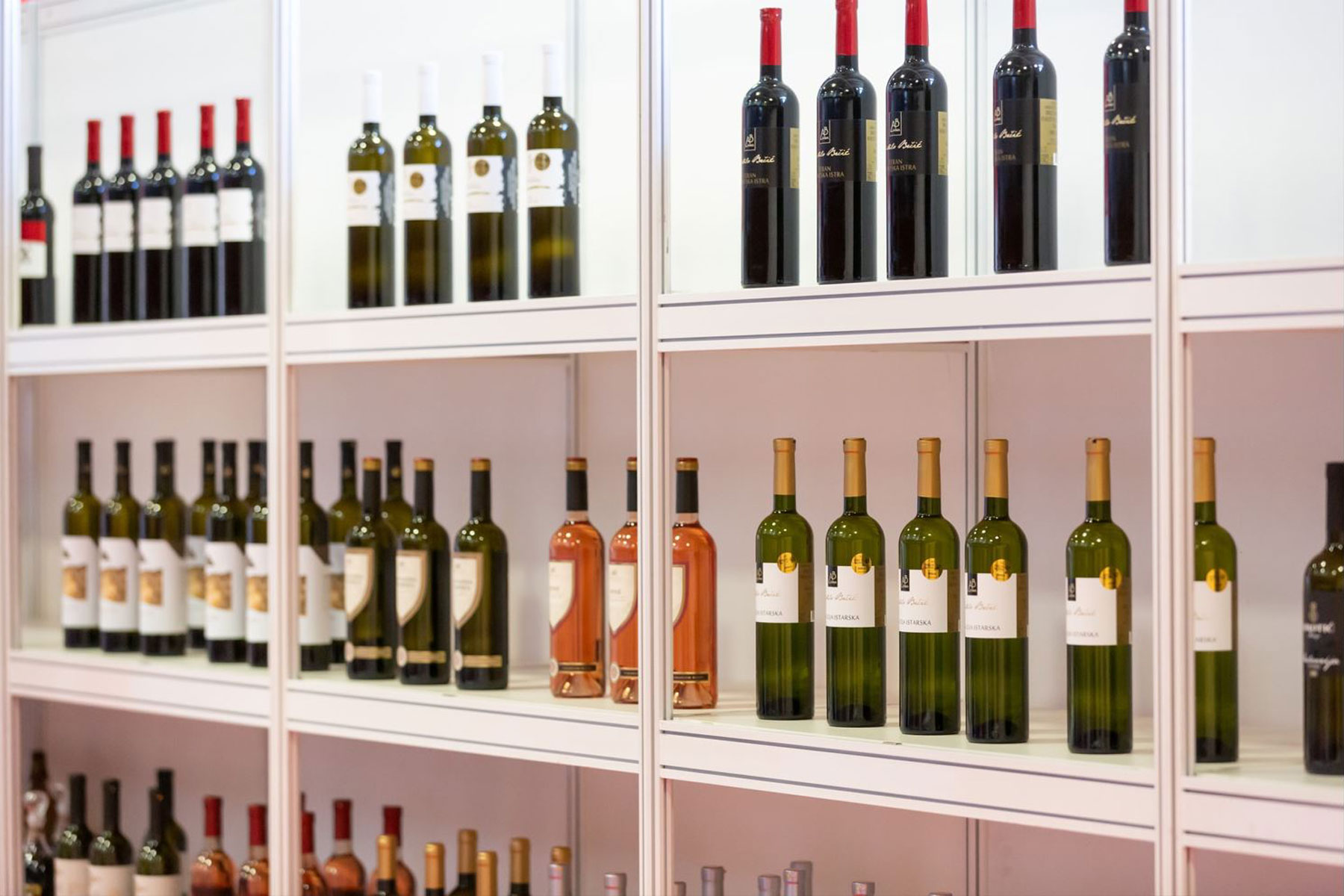
It is no coincidence that the wine glass Riedel manufacturer designed specifically for Istrian Malvazija is today used for wines of the Sauvignon Blanc variety.
Although there are respectable structured Malvasias, additionally aged in the cellar, the dominant number of Malvasias stylistically belong to the so-called clean&green type of fresh white wines.
Even within this typology there are differences, wines that are more concentrated, vinous, deeper, often fermented on autochthonous yeasts and so-called fruit juices with bursting aromas that last maybe 20 minutes in the glass. Quite enough for the majority of the audience, so these Malvasias are generally more popular.
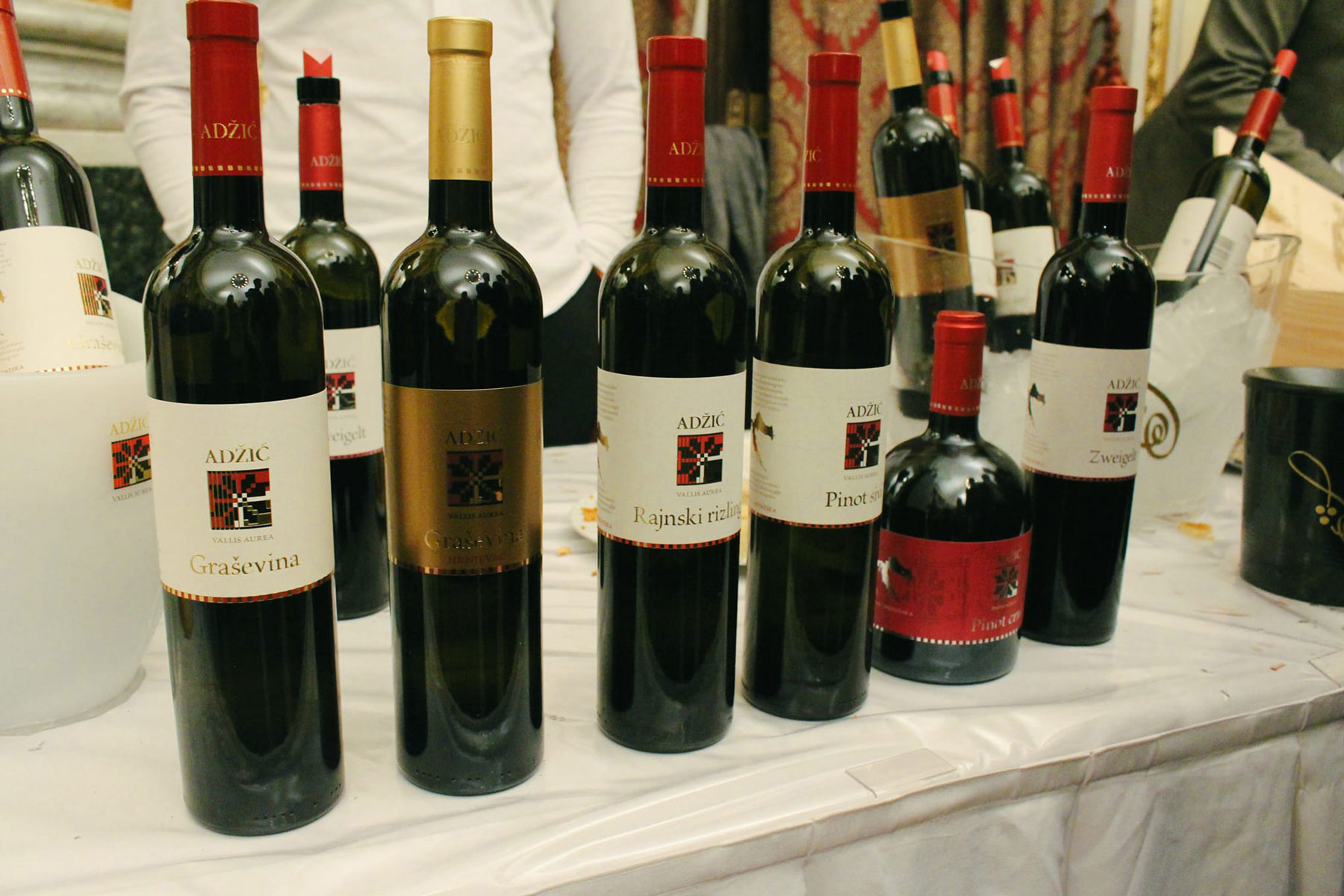
Graševina is a continental variety. Although today it is also possible to grow it on the coast, it is traditionally widespread in Slavonia and the Danube Region and the Upland Croatia region.
Graševina is very grateful at the table because in her most popular style she accompanies numerous dishes. The most popular, however, is the fresh type of Graševina, in which the fruity aromas of apple and citrus are accentuated with light herbal notes. The parameters are such that it achieves balanced wines, not too light but medium-bodied and with optimal alcohol content of around 13%.
It is also a very versatile variety in the sense that it is used to make both sparkling wines and sweet wines, it tolerates aging well in wood, etc.
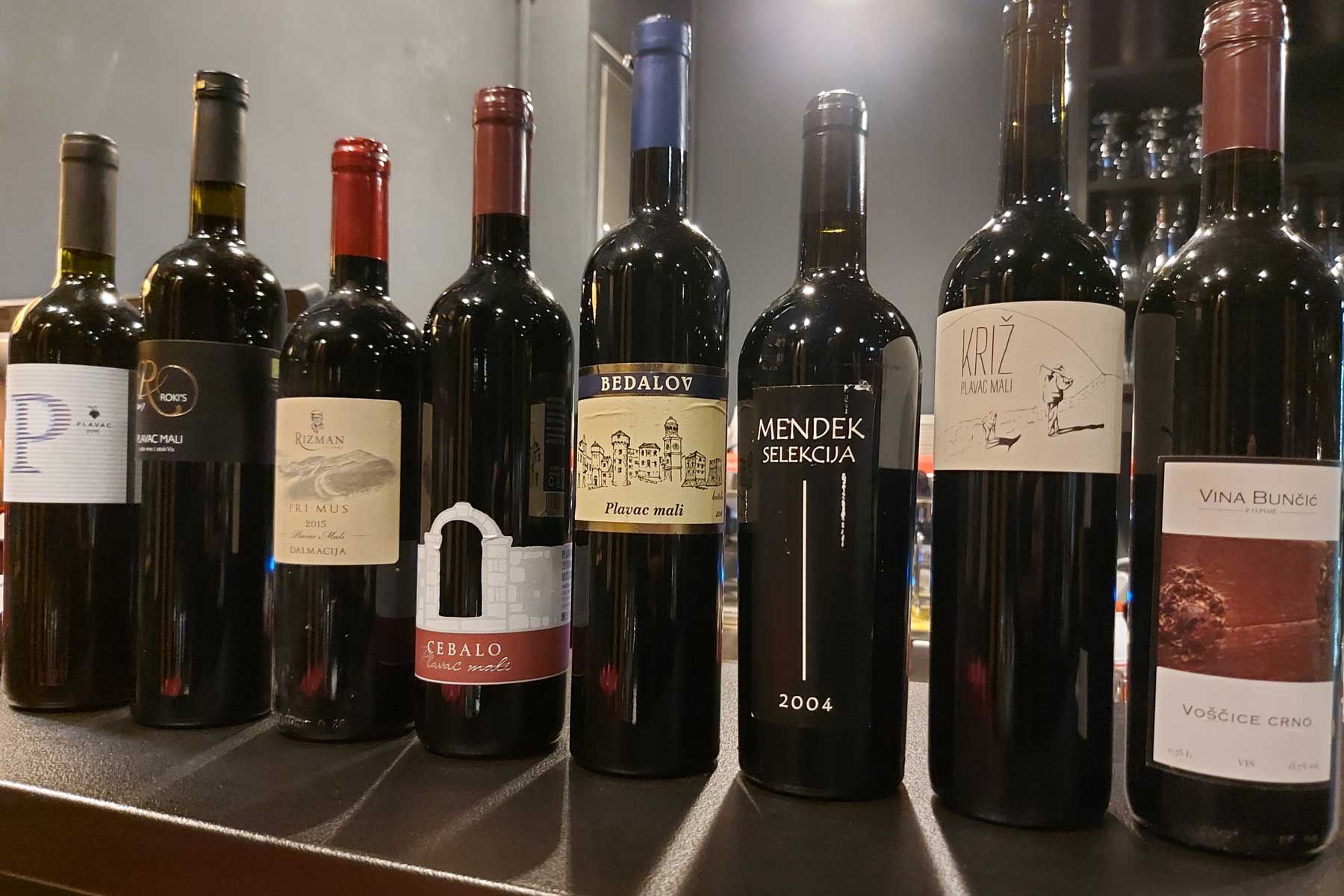
Acquired taste is a phenomenon that is most clearly manifested in Plavac. The majority of Croats will not be bothered by the tannicity of the Plavac wine variety, just as many people will associate Plavac with sardines.
Most of the world consumes white wines with traditionally fried sardines, despite the fact that sardines are technically oily fish. In Croatia, it is customary to pour a glass of Plavac over sardines.
Plavac wines also differ depending on stylistic preferences, but they are even more determined by specific growing conditions and climate. Plavac from the sands of Lumbarda differ from the Plavac from Vis, which tolerate extremely high alcohols without losing their balance, and in the area of the Pelješac peninsula there are significant differences between the Plavac “from the field” in relation to the positions of the southern exposures (Dingač, Postup…)
However, all Plavac wines develop a recognizable aroma. Sometimes it’s carob, sage, dried fig, and sometimes it’s more in the direction of cherry and dark fruit.
Red blends, most often the so-called Bordeaux blends, are made in every Croatian region. In Slavonia and the Danube, where the grapes reach high maturity, the wines are softer and fuller. In Istria, where a small percentage of local Teran or Borgonja is often added, they achieve a characteristic freshness with a mineral note thanks to the Istrian iron-rich red soil.
In Dalmatia, conditioning by microclimatic and growing specificities is more pronounced, so that the Bordeaux blends of Konavle differ in structure and aroma compared to the Neretva valley or the hinterland of Šibenik, etc.
Croatian Wine Bestsellers in Restaurants:
These three wines have been the most sought-after wines in restaurants for years and are a mandatory item in almost all wine lists of Croatian restaurants. The recognition and perception they achieve represent a real wine brand.
1. Kozlović Malvazija
It’s already a somewhat comical reality in which restaurant guests sit down at the table and automatically orders Kozlović. Although the Kozlović winery makes dozens of different labels, it goes without saying that guests are looking for – Kozlović Malvazija.
The most prominent representative of the so-called first echelon of modern Istrian winemakers started from the perception of Malvazija as a table wine for which no one would pay even close to the price at which Kozlović Malvazija is sold today.
From the first day, Kozlović Malvazija has been a prominent representative of the so-called cult of fresh Malvazija, a category that began to be promoted through Vinistra association twenty years ago.
Structure and persistence are not important here. It is important that it is refreshing when cooled and that the characteristic orange colored cap shines from the wine bucket. The less it burdens the guest with character, the better.
Development in a bottle is not really a topic either. No matter how much production has increased compared to the beginnings 20 years ago, there is not enough of this Malvasia to satisfy demand.
What the strength of the brand means is clearly illustrated by the circumstance in which, when Malvazija runs out, waiters give guests Valle, Kozlović’s other label in which dry or semi-dry Muscat is added to Malvazija. Most of the time, nobody notices the difference, and for the most part, the unburdened crowd even likes a little more muscat aromas in the fragrance.
Kozlović’s Malvazija is an undisputed institution on the market of bottled wines in Croatia.
2. Adžić Graševina
Kutjevo and Graševina are also synonyms. In the heart of Slavonia, there are many producers of good Graševina, but in Croatia none is as famous as Adžić.
Not only restaurants, but also every other cafe, if it has Graševina on offer, there is a good chance that it’s Graševina from the Adžić cellar.
In 2022, Antun Adžić, the legendary winemaker from Kutjevo, whose last name is used to identify quality Graševina in a bottle, passed away.
The Adžić winery continues to operate because the popularity of this wine brand is not declining.
Despite the oscillations that are characteristic of the harvest or the desired style of wine, where even according to the type of wine Adžić Graševina could sometimes be dry, sometimes semi-dry, this Graševina did a lot to affirm the variety as a quality wine for the best tables.
Fermentation in stainless steel barrels with natural yeasts produces drinkable, lighter, aromatic wine year after year. The feeling of well-roundedness lasts long enough, with accentuated fruit aromas of apple and quince.
3. Josić Cuvee
This fruit bomb with a specific character is the most sought after restaurant red wine in Croatia. The masterfully tailored wine of the Josić cellar makes excellent use of the natural predispositions of the Baranja vineyard in the Danube sub-region.
The fruit maturity that the vine transfers to the fruit in the fertile soil and sun of Baranja, achieves an almost bitter finish in the wine and a feeling of residual sweetness, although the wine is technically dry.
Forest fruit, blackberry and blueberry are very specific associations on the palate, the aroma is more lasting than most of the world’s New World bestsellers that use the same varieties: Cabernet Sauvignon, Cabernet Franc, Syrah and Merlot.
Seemingly simple, but a wine that delights beginners with its softness and fullness has convinced many to embark on a personal wine quest. A wine with a lighter body that fills the mouth with fruity aromas, silky texture and a soft sip.
Croatian Wine Bestsellers in Retail
The average Croat does not drink bottled wine. Unfortunately, 0.75L bottles are mainly ordered in restaurants. However, this does not mean that enjoying wine is not part of Croatian culture.
However, it should be recognised that most litre and other economic packages of wine are primarily drunk in the form of – gemišt.
It’s a cultural thing. Gemišt is not a wine, but a mixture of wine and sparkling water, and every Croat has his way in which ratio and with which water he makes his “gemišt”, and his is always “the best of all” clearly 😛
Graševina, the most widely planted grape variety in Croatia, is often associated with mixology, which has led to a misconception about its quality. However, it is true that Graševina is sometimes used to create a popular traditional drink by mixing it with water, typically using lower-quality table wines. And yes, many Graševina wines are crafted as refreshing, citrus-driven young white wines and are sold in larger quantities or bulk for this particular purpose.
The creation of these easy-drinking, approachable styles of Graševina should not undermine its potential as a serious white wine. On the contrary, when treated with care and attention, Graševina can showcase its full potential, offering complexity, elegance, and depth. Winemakers who dedicate themselves to producing high-quality Graševina wines can unlock their inherent qualities, resulting in wines that deserve recognition and appreciation.
In addition, the more experienced know that the ideal wine for “gemišt” is actually another variety called Kraljevina. Due to its naturally high acidity and aromatic green notes, gemišt from Kraljevina is drunk more than water in Zelina 😂 They couldn’t care less what the educated wine audience thinks about that.
Not that these customs have anything to do with serious Croatian wine-making today, anyway.
 Is wine in Croatia good?
Is wine in Croatia good?
Yes, if you know where and what to look for, there is no reason not to enjoy Croatian wines that cover the entire spectrum from sparkling to sweet, from local varieties to international, in every style and typology.
Croatia has a long wine-making tradition and a pronounced diversity thanks to different cultural influences and unique geographic and climate conditions.
There are no large wineries in Croatia. The largest Croatian wineries fill about 4 million litres per year, which is considered a medium-sized winery in the world.
That’s why there are thousands of small, predominantly family-owned wineries in Croatia that make high-quality wines that have been recognised by various world wine competitions.
Numerous Croatian wineries have been recognised and awarded at prestigious wine competitions and by reputable wine critics. This recognition has helped raise the profile of Croatian wines and attract wine enthusiasts worldwide.
Croatian winemakers are dedicated to their craft, employing modern techniques while also respecting the country’s winemaking heritage. In addition, many wineries focus on sustainable practices, ensuring that the vineyards and the environment are well cared for. This commitment to quality and sustainability has played a significant role in the success of Croatian wines.
However, as with any wine-producing country, the quality of individual wines can vary depending on the winemaker, vineyard practices, and specific vintages. Exploring different producers and regions will allow you to discover the true gems among Croatian wines:
What is Croatian Wine like?
Croatian Wine is like many different wines, because Croatia is a very diverse country.
Croatia’s diversity in terms of wine can be compared to the richest wine country in the world – Italy. Only the greatest wine countries in the world, such as Italy, France, Spain and Greece, have as many different geological and climatic features as Croatia.
Thanks to natural conditions and cultural influences, mainly from Italy and Central Europe, Croatian wines have prominent representatives in every wine style:
- sparkling wine
- light-bodied, refreshing white wines
- lighter-bodied aromatic red wines
- full-bodied structured white wines
- full-bodied red wines
- amber/orange wines
- rose wines
- dessert wines
and even special wines (fortified/aromatized wines)
Croatia is divided into 4 main distinct wine regions, each with its own microclimates, soil types, and grape varieties:
- Istria,
- Dalmatia,
- Slavonia,
- and the Croatian Uplands.
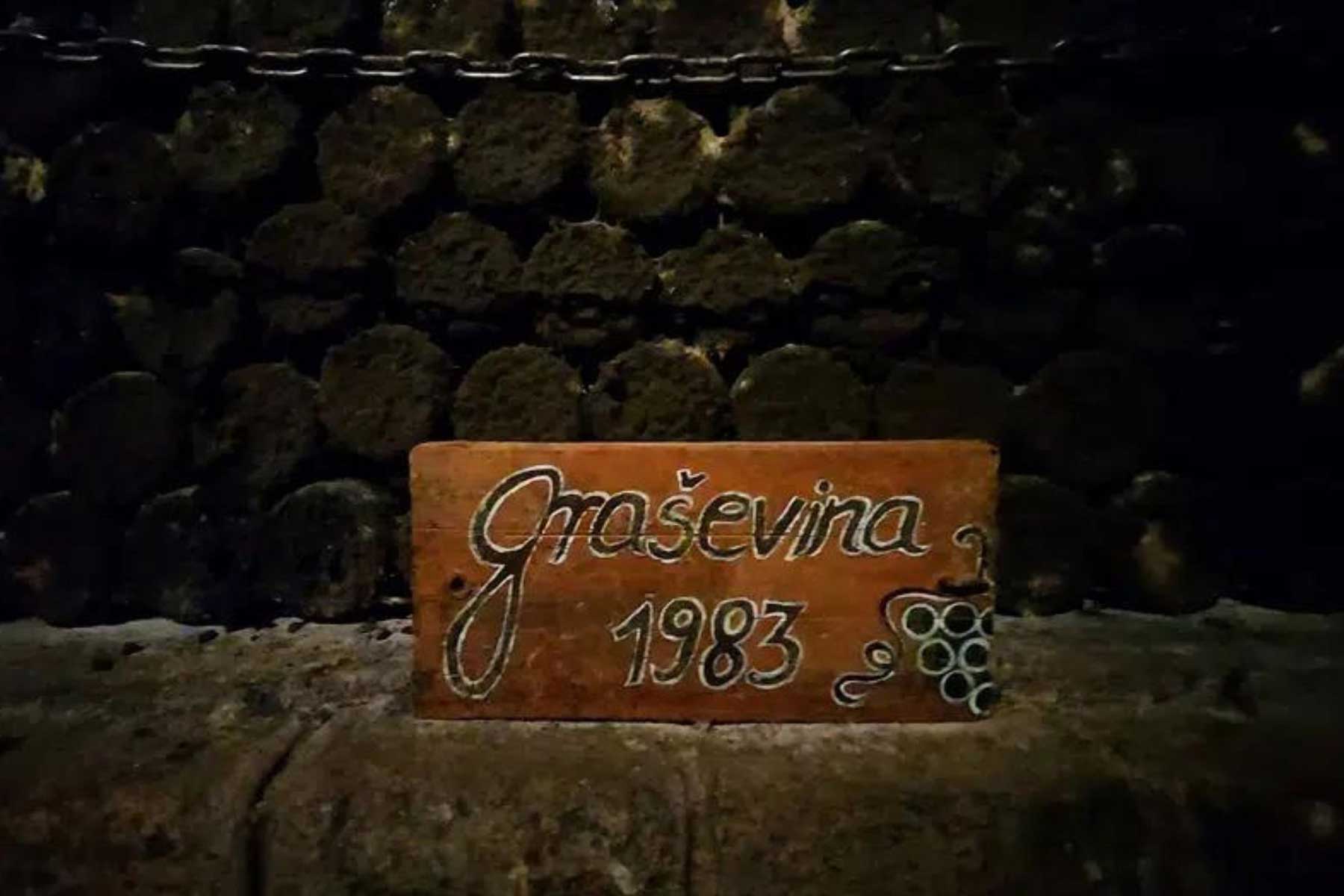
Moving down to Dalmatia, which stretches along the Adriatic coast, you’ll encounter a Mediterranean climate that is conducive to grape cultivation. Dalmatian wines are highly regarded for their robust reds, particularly made from the indigenous Plavac Mali grape. Plavac Mali is related to the well-known Zinfandel variety and produces full-bodied, high-alcohol wines with notes of dark fruits, spices, and herbs. Dalmatia is also known for its white wines, notably the aromatic Pošip.
In Slavonia, located in the northeastern part of the country, the climate and terroir are different compared to the coastal regions. Slavonian wines often showcase a continental influence, with cooler temperatures and fertile plains. Graševina is the most planted white grape variety in Slavonia, and it produces fresh and fruity white wines with good acidity. Slavonia is also known for its production of excellent sweet wines.
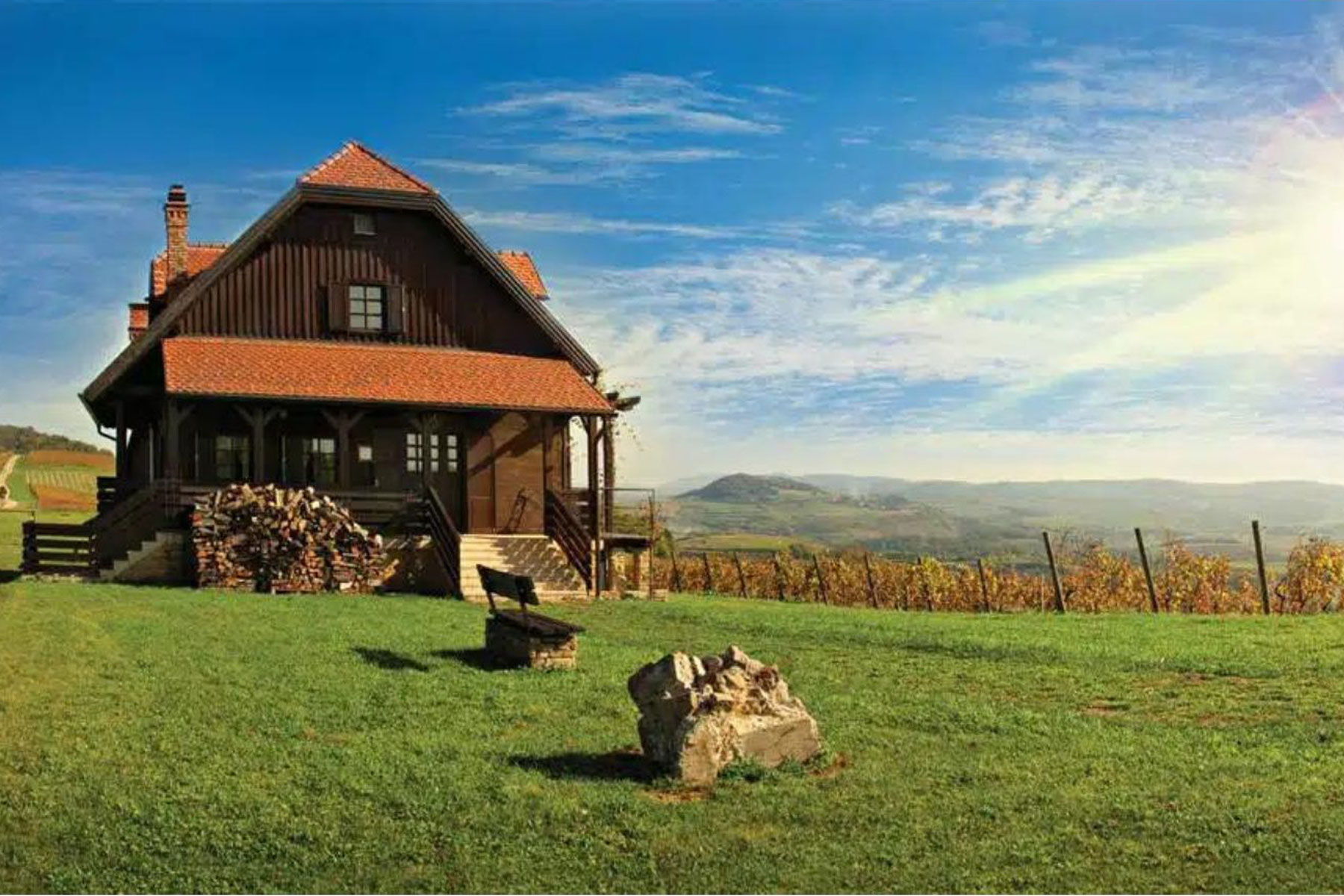
It’s worth noting that Croatia has a range of indigenous grape varieties that contribute to the uniqueness of its wines. These native grapes, such as Plavac Mali, Graševina, and Malvasia Istriana, provide a distinct flavor profile that sets Croatian wines apart from those produced in other countries.
Overall, Croatian wines offer a delightful combination of diversity, tradition, and quality. Whether you’re exploring the crisp whites of Istria, the robust reds of Dalmatia, or the elegant wines from Slavonia and the Uplands, Croatian wines have something to satisfy every wine enthusiast’s palate.




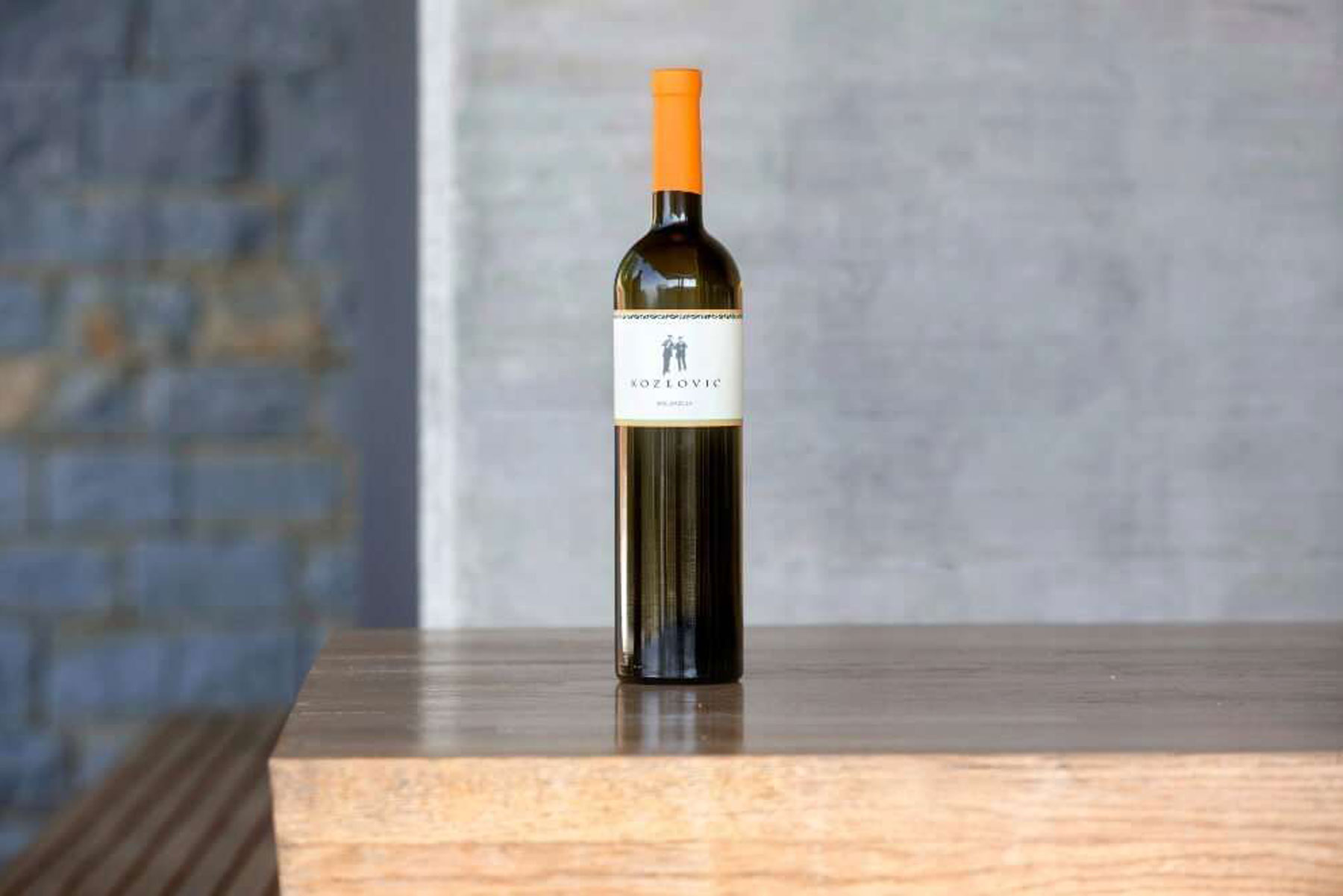
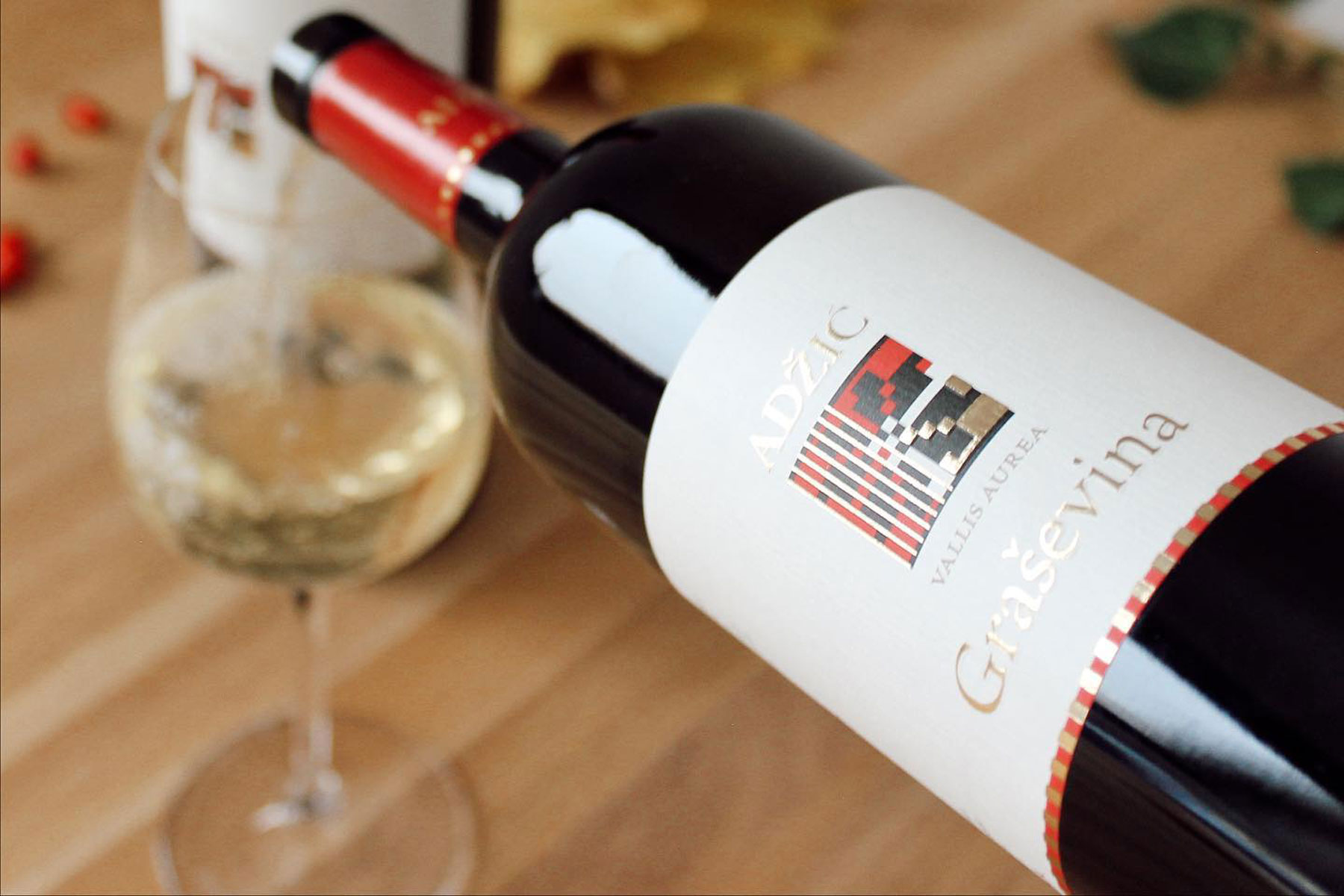
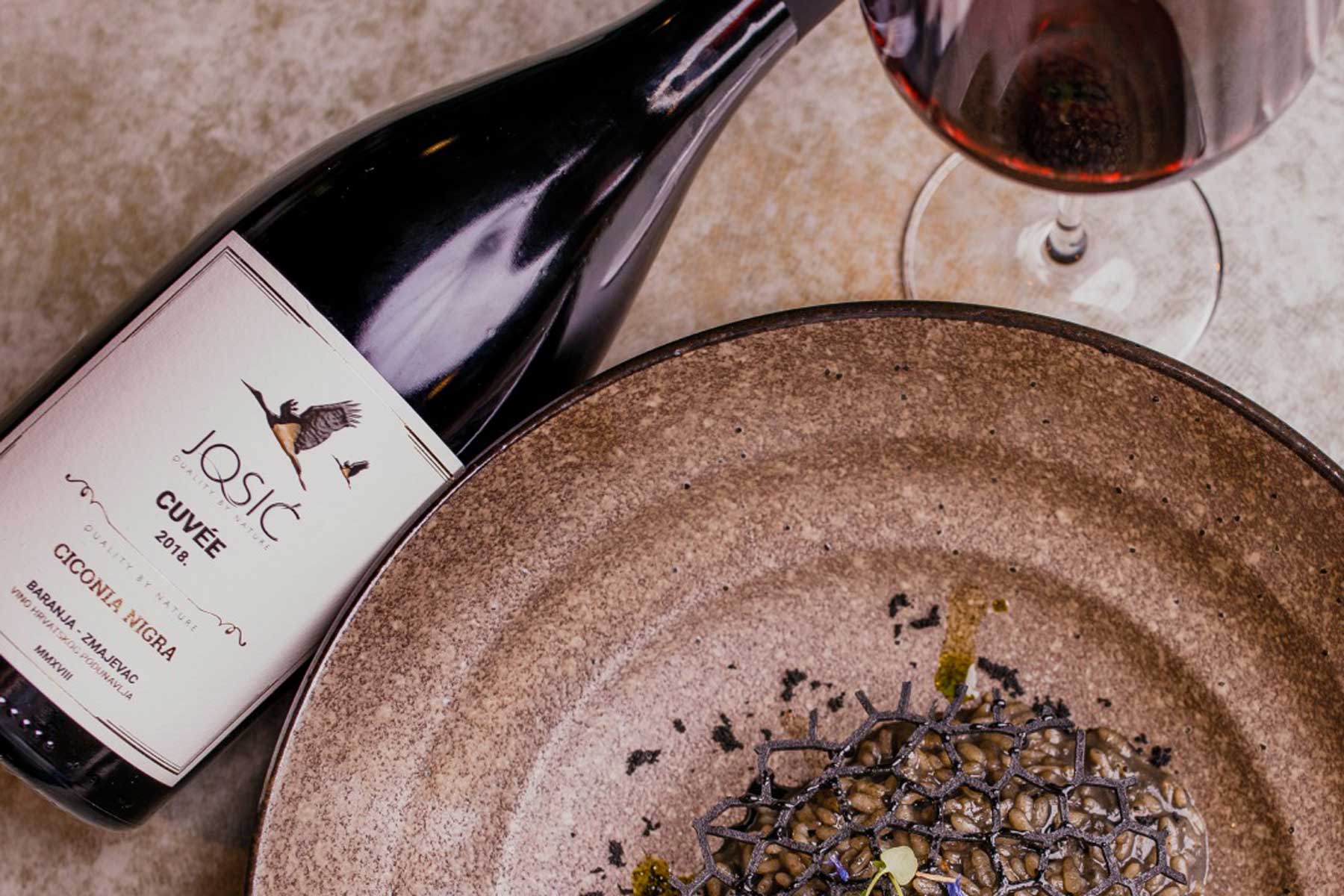
 Is wine in Croatia good?
Is wine in Croatia good?